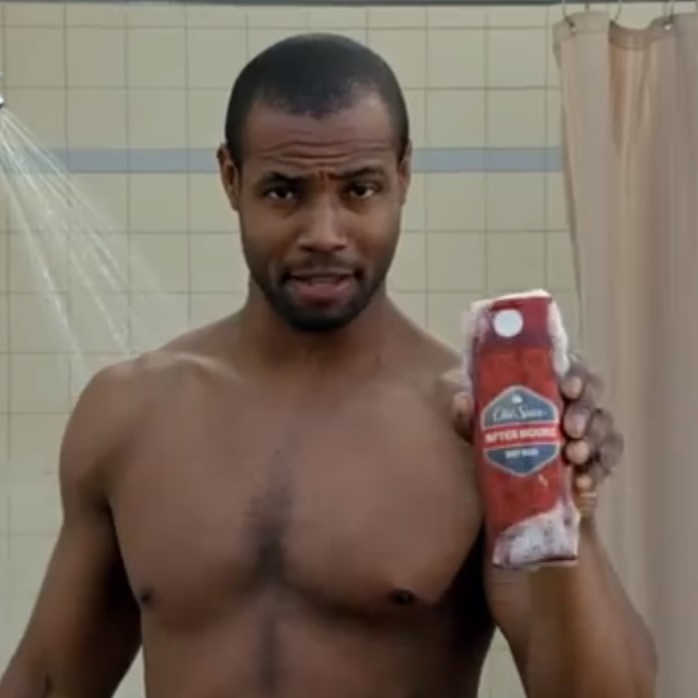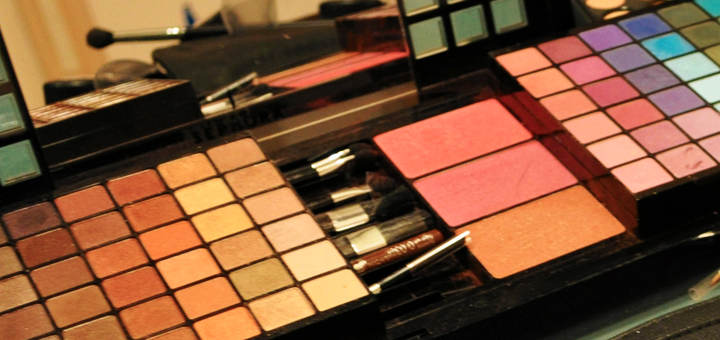

Don’t let the #NoMakeupSelfie trend going viral fool you, beauty remains big business. Cosmetics is an industry that rakes in more than 100 billion dollars each year.
Competing with industry giants like L’Oreal and Estée Lauder, countless smaller firms are actively playing the field. If you’re part of this group, you know you have to carve out your own space in a highly competitive market, and that a top-notch digital marketing campaign is key.
Your firm has to differentiate itself if it’s going to thrive, so focus on building a solid brand identity. To help revamp your firm’s marketing strategy, here are the top digital marketing mistakes to avoid in the beauty industry.
Lacking a complete brand strategy

L’Oreal is not only the biggest name in the beauty industry, it’s also one of highest-rated brands in the world. Brand Finance, a brand valuation firm, awarded L’Oreal a AAA+ rating in April 2014. L’Oreal’s appeal comes from a savvy combination of consumer marketing and brand management. Brand Finance chief executive David Haigh explains that, “with the perfectly constructed and enduring ‘you’re worth it’ slogan, L’Oréal has pulled off the trick of simultaneously capturing the mass market while maintaining an air of exclusivity.”
Your cosmetics firm probably doesn’t have L’Oreal’s financial resources, but you can incorporate their strategy. Is your firm trying to do too much and thereby diluting its brand identity? Are you devoting resources where they’re going to waste? Industry experts explain that millions of dollars are being wasted in marketing anti-aging products to teens. A savvy digital agency would take into account that Millennials are least receptive to anti-aging pitches, but this mistake is widespread.
A complete brand strategy like both protects your brand’s identity and devotes resources to the right places.
Forgetting about men

Cosmetics are probably the most-gendered product segment on the market, but that’s changed drastically in the last few years. The stigma around male cosmetic use is mostly gone, and men see the benefits of beauty products, too. Today, men spend almost as much as women on cosmetics. They aren’t just buying shaving cream, either: men now spend more on toiletries than shaving products.
This shift in spending is an important factor to incorporate into your marketing strategy, but it doesn’t need to change the game completely. A Bloomberg Businessweek report on male beauty product spending shows that while 70% of men age 18-24 use facial products, only 20% use male-only brands. This is good news, since it shows that men are receptive to products long-branded as feminine. Your company doesn’t need to disguise itself with a macho imprint. Cosmetic companies that don’t adjust to this shift are choosing to ignore an ever-growing market.
Not connecting your digital platforms

Online marketing campaigns can make a decisive difference in the cosmetics world. For instance, Old Spice’s “the man your man could smell like” campaign singlehandedly transformed the company’s image. Brand Finance credits this campaign’s stratospheric success with changing Old Spice from a quaintly regarded also-ran into a highly desirable contemporary brand.
The campaign wasn’t successful just because of its dazzlingly creative 30-second videos, starring the shirtless Isaiah Mustafa and the internet-friendly “I’m on a horse” catchphrase. The campaign was so successful because it connected digital platforms to engage potential customers in numerous ways. Not only did the traditional spots go viral, but “the Old Spice guy” made personalized videos for fans on YouTube, and interacted with bloggers on social media. By connecting digital platforms, Old Spice and marketing firm Wieden + Kennedy turned a viral campaign into a pop-culture phenomenon.
Social media is also decisive in day-to-day consumer decion-making. A 2014 study by brand research firm Pixability found that YouTube vloggers far outweigh brand marketers in influence over brand perception. According to Google, half of all cosmetics customers consult YouTube to make purchasing decisions. Your brand can only hope to have a fraction of Old Spice’s online success, but YouTube and social media channels will determine whether a customer purchases your product or not.
Your firm needs a seamless connection between its digital channels—think a YouTube channel, great Apps, and a robust social media presence to engage consumers. Lily Tse, a beauty marketing expert, points out that cosmetics is behind the curve when it comes to this sort of digital engagement. The industry’s challenge is to use social media to connect like-minded customers as much as to spread a message.
Check out how incorporating apps, a web redesign, and a social media campaign into a coherent digital marketing strategy can increase user engagement.
What cosmetics campaigns have worked for you? And where do you go for info on cosmetics?
The post Top Digital Marketing Mistakes in the Beauty Industry first appeared on Web Design & Digital Marketing Tips.